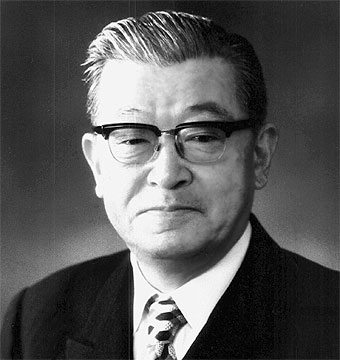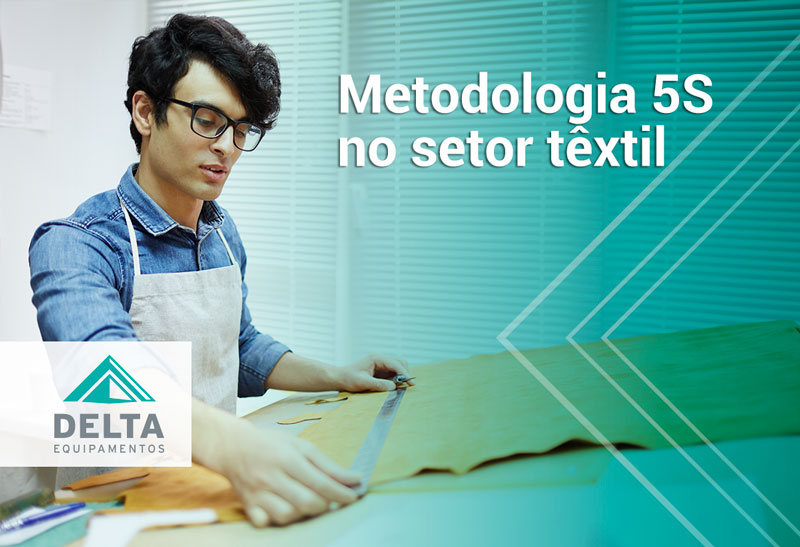The industrial sector has very specific processes, standards and procedures. However, it is impossible to maintain an optimized, efficient, motivated and quality production line when all you find is disorganization, risks of accidents and losses.
In this sense, the 5s methodology has been used since the 1950s to solve problems that are dangerous for competitiveness, but which are often ignored or unknown by managers.
What is the 5s methodology?
The 5s methodology is a management tool that aims at productivity and quality, mainly in the industrial sector. To achieve this, this method seeks organization, discipline, cleaning, elimination of waste cycles and safety of production processes and the workplace.
5s makes it possible to perform tasks with minimal failures, downtime and accidents. Although its application is simple, the results are noticeable and highly important for its competitiveness, prominence in the market and adaptation to the concept of industry 4.0, which combines productivity and quality.
Where did it originate?
The 5s methodology emerged in Japan after the Second World War and was developed by professor Kaoro Ishikawa.

Its emergence took place in a scenario where it was necessary to restructure and rebuild the devastation generated by the war. The method became part of the Toyota Production System.
Its stages were developed on the factory floor of industries with the aim of enhancing the competitiveness of the Japanese in relation to the international market. The system was so efficient that it not only boosted the Japanese economy, but also made them one of the greatest powers in the world.
+Have you read these?
- Quality standardization: essential methodologies
- What is fabric dimensional stability?
- What is it and how to calculate the OEE index of your production
What does each S in the 5s methodology mean?
The 5s methodology is based on five principles described in Japanese, each of which represents a process that can be improved and optimized in your industry.
1. Seiri — usage
At this stage, the materials, equipment and instructions that are necessary are collected and separated from those that are not. This is done so that everything that is not relevant is removed from your production line.
2. Seiton — organization
This principle guides that all tools and raw materials are placed and organized in places that are easily and quickly accessible. When work utensils are scattered, disorganized and difficult to locate, your team’s productivity is automatically affected, mainly due to the time spent finding materials and the gap that opens up to idleness..
3. Seiso — cleansing
This step reflects the importance of cleaning the work environment, considering that keeping the physical space of an industry clean influences interpersonal relationships, the reduction of accidents and the conservation of equipment and tools.
4. Seiketsu — standardization and health
This sense suggests that the standardization of colors, lighting and location, including bathrooms and cafeterias, helps to identify problems that can affect the health of employees and cause accidents. According to the 5s methodology, this step allows the reduction of ergonomic problems and presents improvements in mental, physical and safety balance.
5. Shitsuke — discipline and self-discipline
In this last stage, the objective is to seek personal commitment and commitment to the company. To this end, moral and ethical standards are highlighted, mainly those specific to each employee. An example of when this sense is being well implemented is the execution of tasks without the need for a supervisor to charge or monitor the team. This makes work healthier, more enjoyable and productive.
How to make the application plan?
To implement the 5s methodology, it is important to start by raising awareness among your production team, as this is the starting point for achieving motivation and maximum productivity with quality. Such guidelines can be addressed in training, lectures and meetings.

Then, you need to keep in mind that every process requires time, both for complete application and to adapt to the characteristics of your production line. In addition to training and adaptation time, it is important to constantly monitor each stage.
After all, what are the benefits of the 5s methodology?
The 5s methodology provides benefits not only for the industry, but also for the entire work environment, which becomes more innovative, healthy and motivated. This system stands out for enabling:
- significant increase in productivity;
- production quality;
- increased motivation;
- cost reduction;
- lower incidence of accidents;
- conservation of machines, equipment and tools;
- space gain;
- time saving;
- reduction of idleness.
The 5s methodology is a system that allows you to achieve two factors that are already extremely necessary in industries, and not just differential: productivity and quality. In such a competitive and volatile scenario, it is necessary to be prepared for market and competitive demands.
To understand more about standards in your production line, check out our article with examples of methodologies that aim to standardize quality.


![E-book]How to ensure quality control in the textile industry?](https://deltamaquinastexteis.com.br/wp-content/uploads/2019/04/ebook-como-garantir-o-controle-de-qualidade-na-industria-textil-1.jpg)
